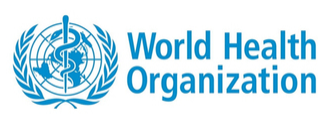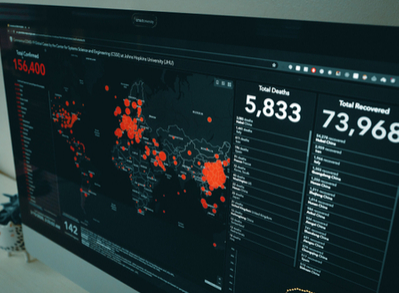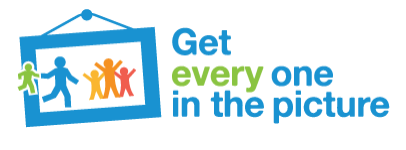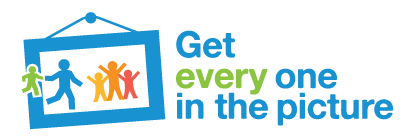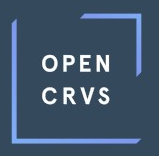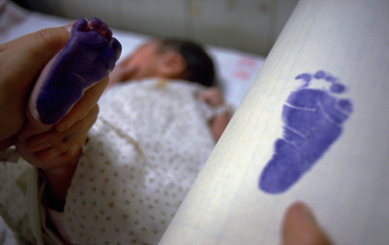On 19 September 2017 in New York, the International Labour Organization launched two seminal reports: Global Estimates for Child Labour: Results and Trends, 2012 – 2016 and Global Estimates of Modern Slavery: Forced Labour and Forced Marriage. Following the multi-year, collaborative research project conducted with Alliance 8.7 Members, the Walk Free Foundation and the International Organization for Migration, the reports reveal what the ILO deems the “true scale of modern slavery around the world”. Notably, the Child Labour report highlights the importance of birth registration, specifically as it pertains to building a policy response to child labour for the road forward.
First, the report emphasizes that, “Free and compulsory education of good quality up to the minimum age for admission to employment is a key tool in ending child labour”, but also notes that the cost to the family is one of the primary barriers preventing educational access for children. In response, the report stresses the need for investment in child education and singles out the link between cash transfers, non-means-tested benefits, and birth registration as a viable method for offsetting “the indirect cost of children’s time in school”.
Second, the report acknowledges poverty, risks, and shocks to the family as the primary drivers behind child labour and says that “social security is critical to mitigating these vulnerabilities”. After emphasizing public employment programmes, health protections, unemployment protections, and basic income security as the basis for a well-designed social security system, the report ultimately concludes that “Birth registration, itself a key human right, is an essential starting point for ensuring coverage in all of these areas”.
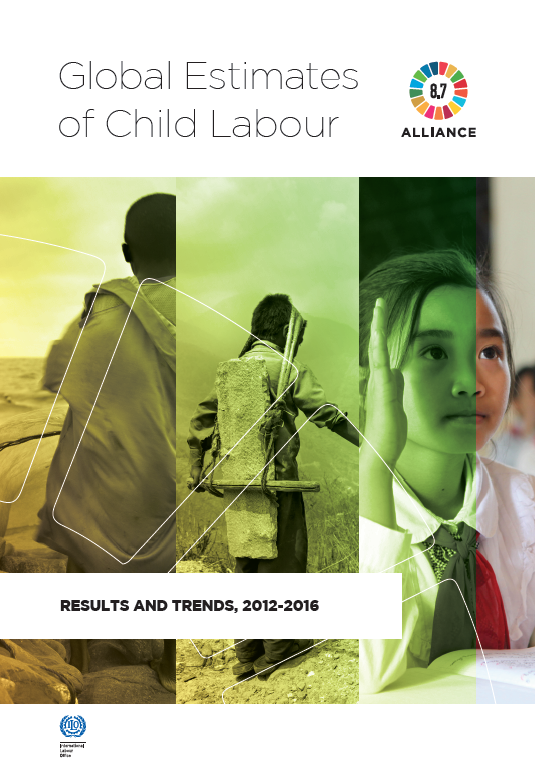
More News
(Newsletter: CRVS Insight May 2020) As referenced in our April edition of CRVS Insight, the UN…
(Newsletter: CRVS Insight May 2020) With the explicit goal of helping countries accurately…
(Newsletter: CRVS Insight April 2020) North and Central Asian countries are continuing to move…
(Newsletter: CRVS Insight April 2020) To assist countries in collecting timely and accurate data,…
(Newsletter: CRVS Insight April 2020) Maintaining operational continuity of CRVS systems is always…
(Newsletter: CRVS Insight April 2020) In the build up to the Second Ministerial Conference on CRVS…
(Newsletter: CRVS Insight April 2020) The Pacific Island nations are preparing to review their…
(Newsletter: CRVS Insight March 2020) In an effort to raise awareness for the upcoming Ministerial…
(Newsletter: CRVS Insight March 2020) OpenCRVS is an open-source, digital CRVS system designed for…
(Newsletter: CRVS Insight March 2020) In good news from Kazakhstan, the Kazakh government recently…



